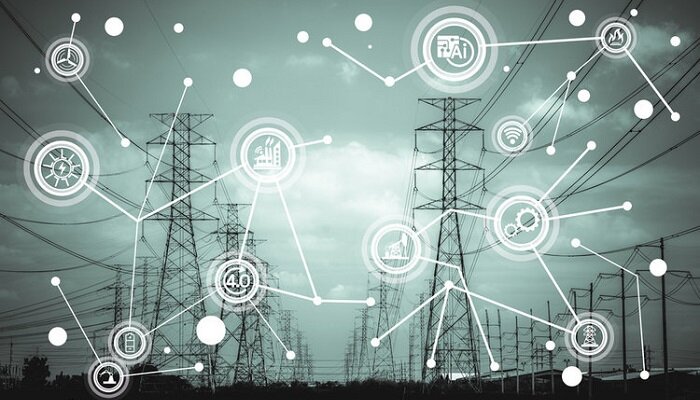According to Itron’s 2023 industry insight report, half of the utility executives have gone on to identify grid modernization as well as infrastructure upgrades as the primary obstacles when it comes to achieving the energy transition.
As per the latest Resourcefulness Insight Report, an annual assessment of the industry, it has been identified that regulatory approval process happens to be one of the major barriers, frequently defined due to its lengthy duration.
Additionally, a funding lacuna for upfront investment and concerns regarding reliability and resilience have also cropped-up as significant obstacles, particularly drawing attention from regulators.
The report stems from a survey which was conducted among 250 utility executives from electric, gas, as well as water utilities. Additionally, a diverse group of 10 state utility respondents were also a part of the survey sample.
The report reveals that the energy transition in the US is having significant momentum, primarily attributed to 3 key factors: increasing public demand, decreasing cost of renewable technologies, and environmental legislation.
However, despite utilities acknowledging the requirement for transition, progress has been a tad slow. A staggering 88% of utility executives consider it to be extremely or may be very important, but only 45% of utilities are actively taking steps so as to achieve that goal. 17% of individuals have a plan in place but have not yet begun the process of executing it. Additionally, 32% are at present in the early stages of planning, while 6% have not yet initiated the planning process.
The commissioners’ express concerns about the risks that are associated with the transition and stress the need to ensure a sufficient supply so as to meet the growing demand while also meeting customer expectations when it comes to reliability and affordability. Additionally, they highlight the significance of developing renewable generation as well as transmission capacity to comply with new clean energy benchmarks.
Overcoming barriers
As per utility executives, the most effective approach to take care of barriers involves making investments in technology as well as infrastructure, advocating for clean energy policies apart from state regulatory commissioners and policymakers, and educating consumers about the advantages when it comes to clean energy and efficiency.
Today, utility companies are going ahead with making strategic investments in technology and infrastructure. They are also putting stress on the training of their workforce in order to acquire new skills. Additionally, they are actively looking for external investment opportunities for renewable energy projects.
According to a survey, 4 out of 10 utility executives believe that consumers play a crucial role in accelerating the transition towards sustainable energy. These executives emphasise the significance of consumers understanding the significance of sustainable energy, using energy-efficient appliances, joining demand response programmes, and adjusting their daily consumption habits to align with the needs of the grid.
However, one out of every three individuals’ states that the situation is a bit complicated because some of them actually generate power.
Technology Priorities
The utility executives have identified infrastructure upgrades/grid modernization, the development of renewable energy sources, energy storage, and managing intermittency as their primary technology priorities for the energy transition.
Today, utilities commonly deploy various technologies such as advanced metering infrastructure- AMI, grid battery storage, residential electric vehicle charging infrastructure, and solar photovoltaic arrays.
5 years down the line, their plans include investing in load monitoring or voltage management, solar PV or arrays, distribution automation, consumer pricing programmes, as well as grid battery storage.
Marina Donovan, the Vice President, Global Marketing, ESG, and Public Affairs at Itron says that the report highlights the crucial moment which they are currently experiencing in shaping the future of the US grid.
It is evident that utilities are actively looking for solutions so as to tackle the challenges they face. The study reveals the current progress they have made when it comes to this journey.
The report concludes by stressing the steps that utilities can take today to position themselves for future successful endeavours. They are actively seeking opportunities to explore new business models, such as owning solar and wind generation projects. Additionally, they are collaborating with partners so as to maximise the utilisation of funds from Infrastructure Investment and Jobs Act programmes, apart from other federal initiatives.




































